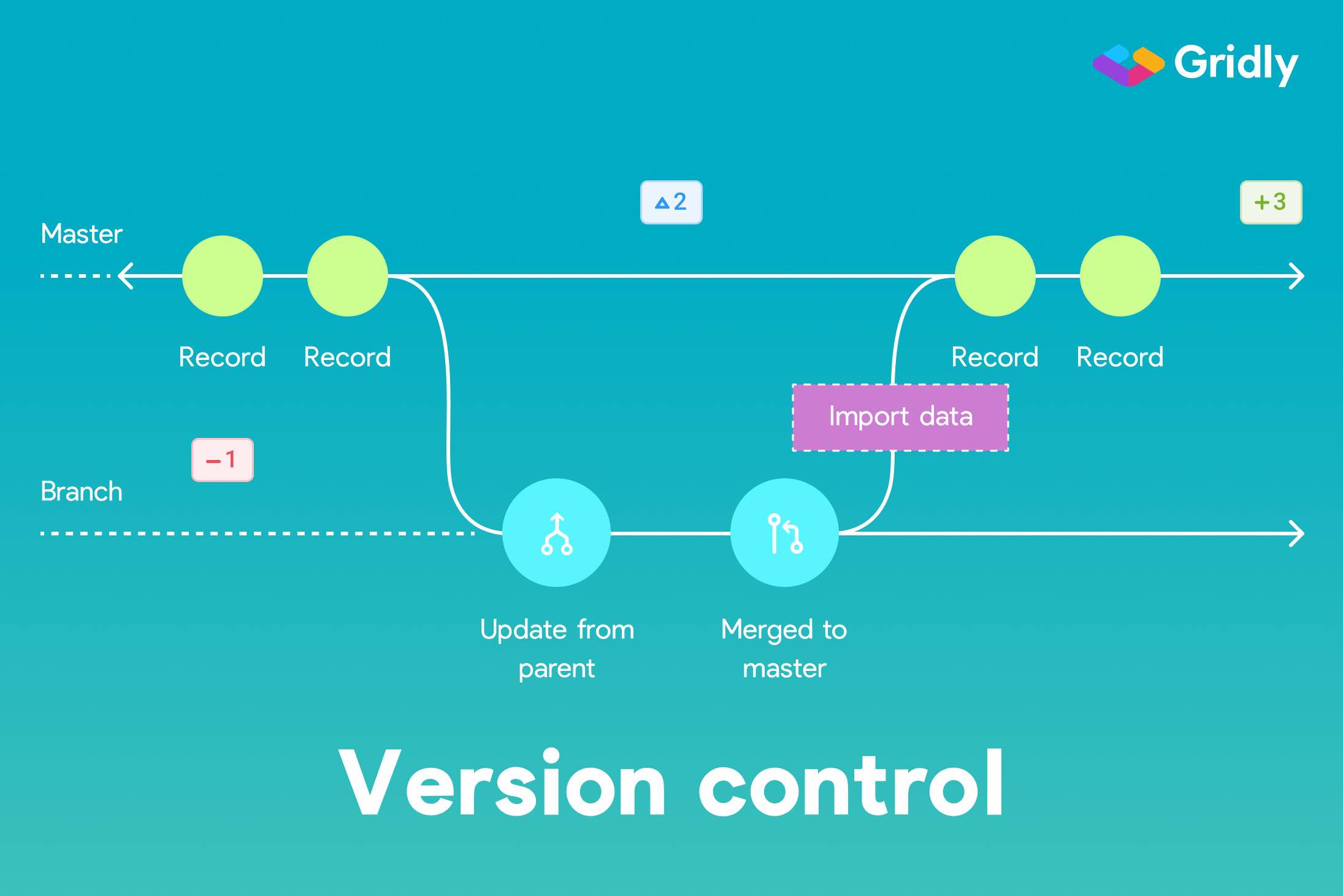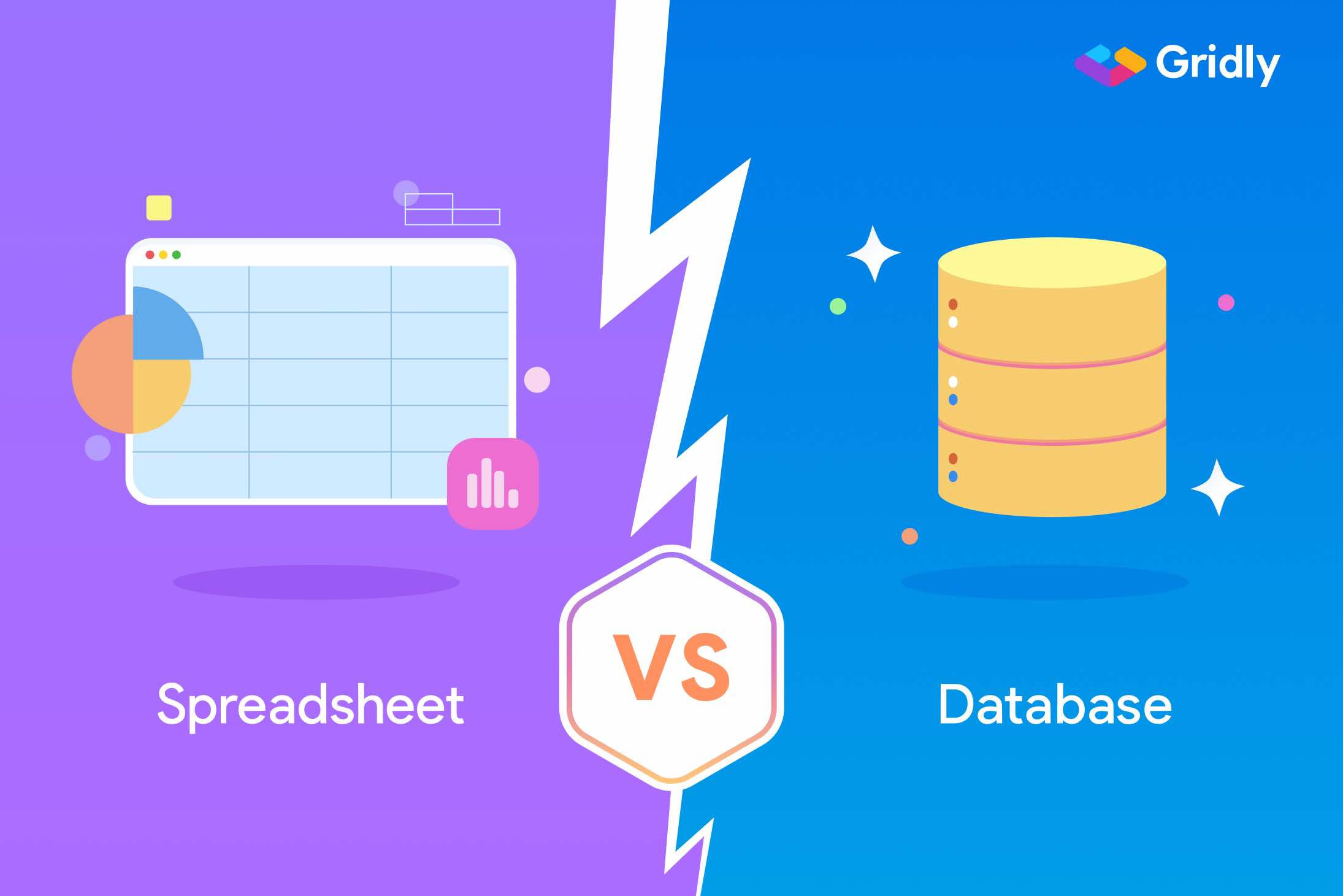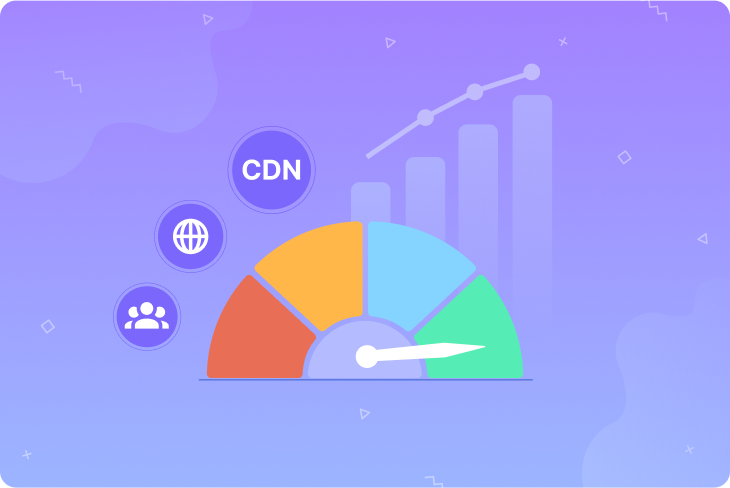Language pivot: Multi-Step Localization
We are super stoked to introduce the new multi-step localization support. Enabling you to easily set up multiple source languages and choose the one that will serve as a pivot to target languages.
Gridly automatically creates appropriate dependencies between source, pivot, and target languages and tracks all updates. Making it crystal clear if content in every step of the process is up to date or some further attention is needed.
If you’re not familiar with multi-step localization, it’s a common practice in game localization. It’s using the so-called “pivot” or “bridge” language as an intermediary when translating from the original source language to a group of target languages. Used especially when the source language is less common and demands scarcely found or costly translation resources.
If you’re interested in getting to know more about how multi-step localization works, and the benefits and drawbacks, stay tuned! We will publish a blog post covering this topic shortly.
Briefly, your localization process breaks down into multiple steps. That’s why multiple projects usually need to be involved and synchronized, or even worse, a jumble of spreadsheets is created with error-prone copy-pasting happening regularly.
Multi-step localization support in Gridly can help to save a lot of time and effort by setting up dependencies that will take care of all steps in the localization process, in one single Grid.
You don’t have to care about whether changes you made in the source are tracked, both in the pivot language and all target languages accordingly. Gridly will do all the tracking for you.
For your translators, you can easily create different Grid views displaying just the translation pairs relevant to them. Thanks to the tracking, they will always know what is out-dated or missing.
Sounds cool? Check out this short video to see how it actually works.
New Comment Dashboard
As you may know, Gridly allows you to collaborate in real-time within your team or with your partners when managing content. This also means you can comment on specific content, reply to comments, or resolve comments that are no longer needed.
Sometimes, the conversation can expand into a plethora of comments and it might be tough to orient yourself. Moreover, to understand some comments, you might need to see content in related columns.
The new comment dashboard brings you a location where you can see all comments within a Grid. You can search through them for an expression or even a user. Replies to comments are grouped into threads where you can also see content from other columns without any further scrolling.
Find the new comment dashboard in the right panel of a Grid and take a look around.
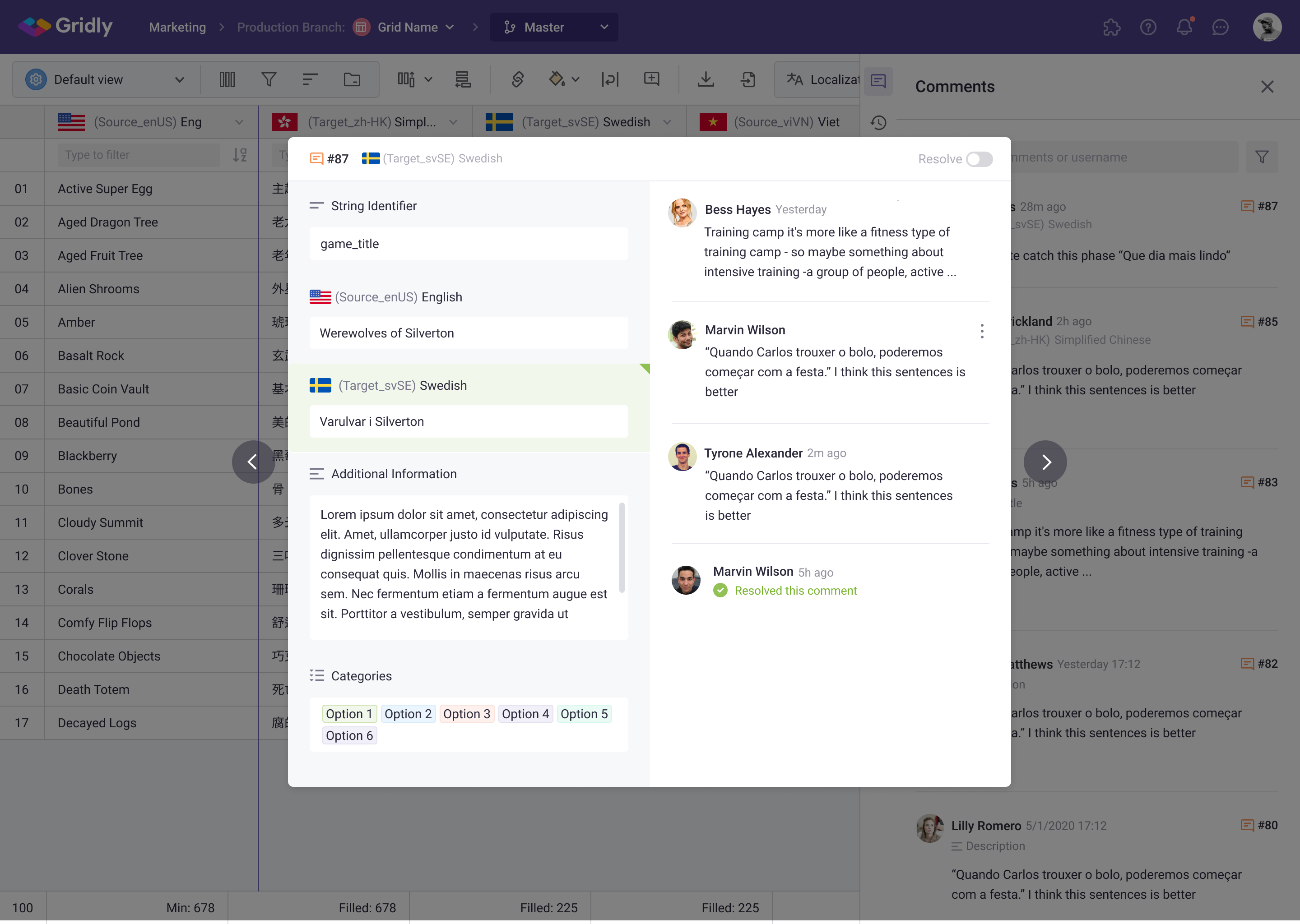
Upload, delete, or update content through API
We are glad to announce some new important features in the Gridly public API. There are three new API routes available:
- Update records
- Delete records
- Upload files
Plus, to revoke an API connection and establish a new one, there’s a new option to regenerate the API key that is used to authenticate API requests. You can find it in the API quick start panel on the right side of a View.
Check out our API documentation where you can find which parameters are available in API requests and how to use them.
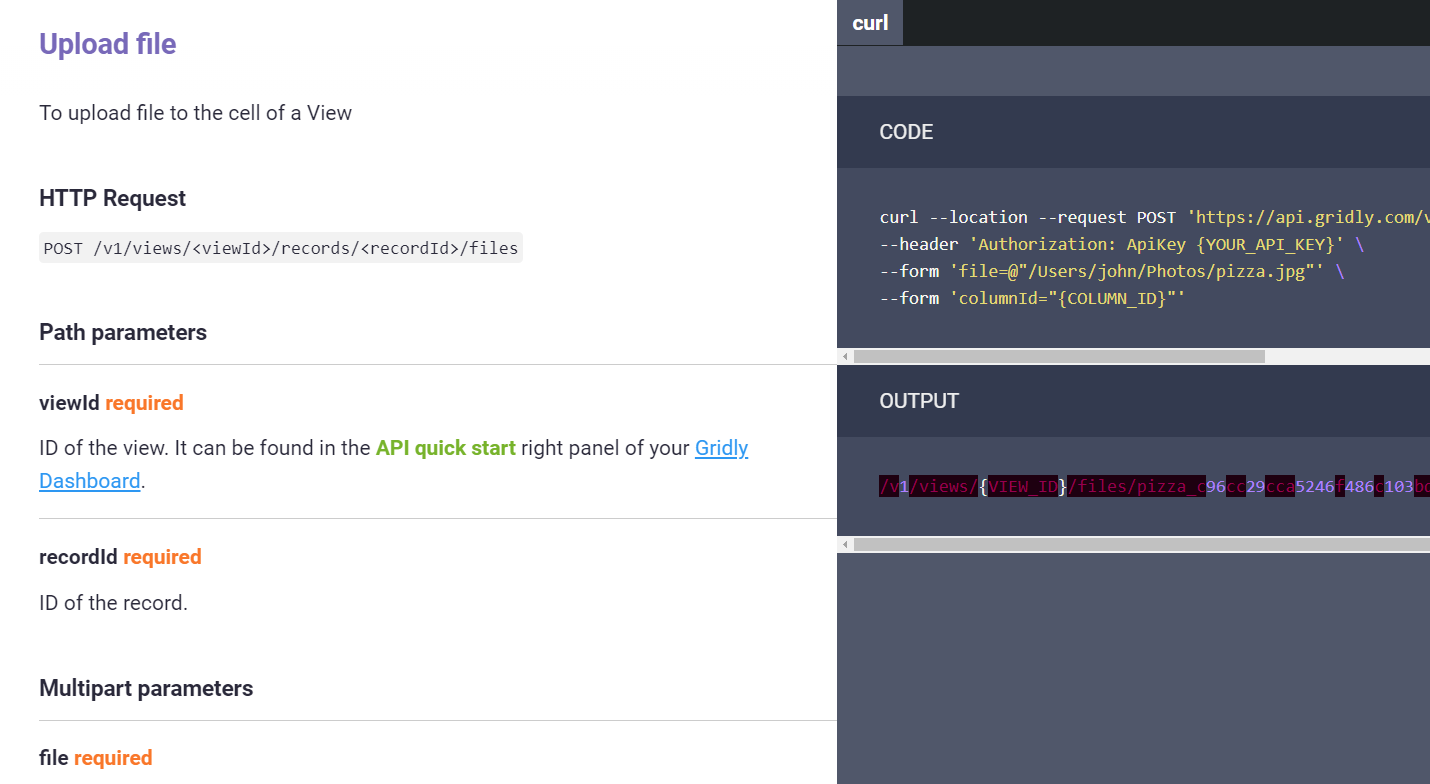
User-friendly importing and exporting
Importing content to Gridly and exporting it out should be as easy as possible. Therefore, based on your feedback, we were working hard on import/export enhancements and we have got some good news!
From now on, you don’t have to worry about the encoding of files you are importing. All major encoding formats like Windows-1250, ASCII, UTF, ISO, or Unicode are supported. Moreover, you can use semicolons and tildes when importing a .csv file.
Plus, it’s now possible to use your own column IDs when importing files to Gridly. This is particularly useful to save time spent on tweaking files with the same structure repeatedly imported from external sources. Finally, to add one more time-saver, the column order of a Grid will not change when an import is being made.
As you can see, Gridly is getting better every month at a speedy pace. On top of this, we have one more new thing for you and that is a clear overview of what has been changed, built, or fixed. You can find all these fresh updates in the Gridly Changelog we launched recently. Happy Gridlying!

